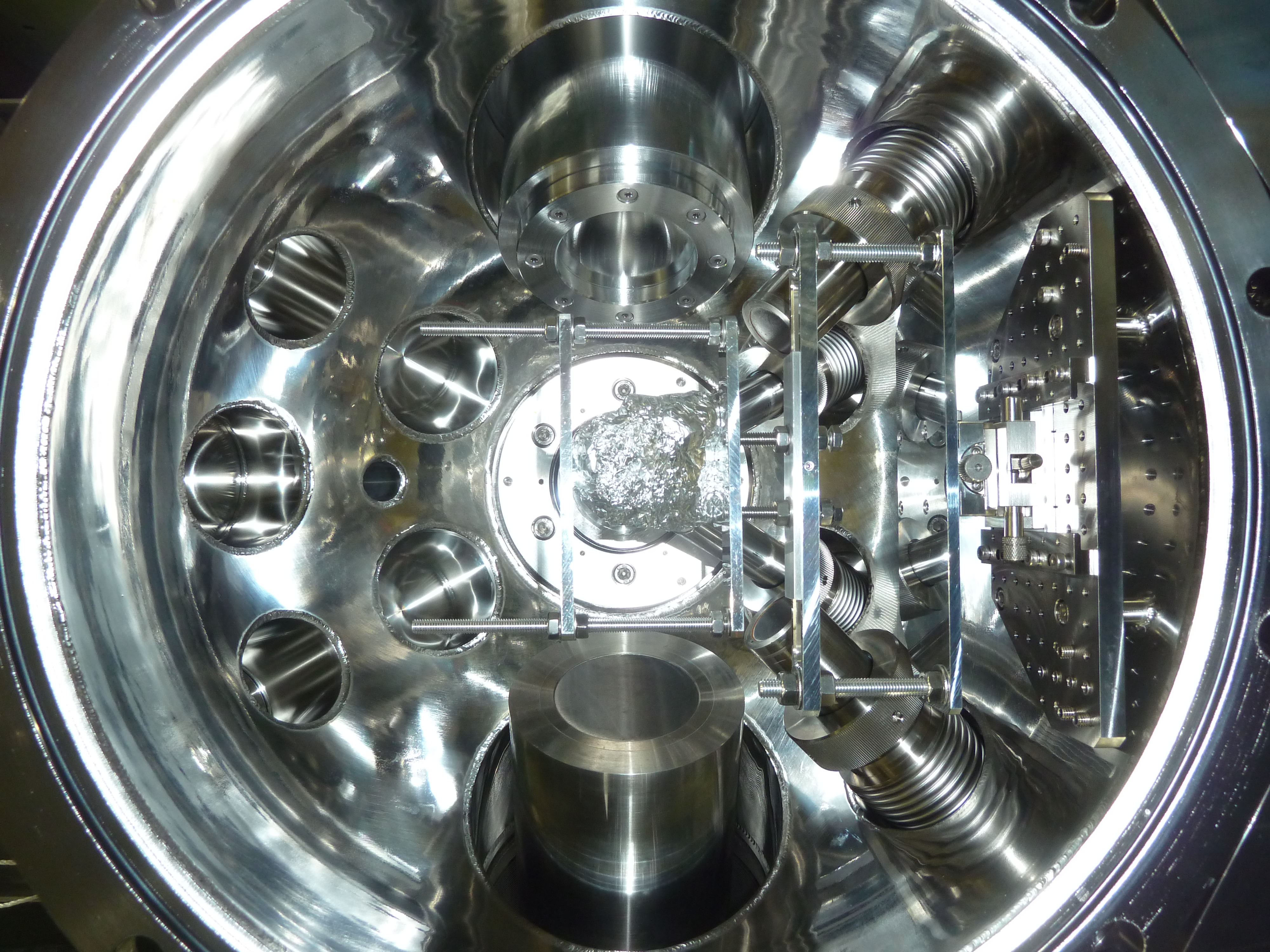FY 2021 Joint Research Project: MINAMI Kentaro
Project
Investigation of the oldest ink characters in Japan using muon complete non-destructive elemental analysis
Members
MINAMI Kentaro (Project leader)
Archaeological Research Center, Okayama University
MIYAKE Yasuhiro
Institute of Materials Structure Science, High Energy Accelerator Research Organization
SHIMOMURA Koichiro
Institute of Materials Structure Science, High Energy Accelerator Research Organization
TANPO Motonobu
Institute of Materials Structure Science, High Energy Accelerator Research Organization
TAKESHITA Soshi
Institute of Materials Structure Science, High Energy Accelerator Research Organization
SUZUKI Shigeyuki
Graduate School of Natural Science and Technology, Okayama University
MORI Takanori
Center for Transdisciplinary Research, Institute for Research Promotion, Niigata University
Project Overview
This research project aims to analyze the oldest Chinese characters written in ink found in the Japanese archipelago through muon complete non-destructive elemental analysis.
Traditionally, archaeological artifacts attesting to the use of writing in Japan have dated to the Kofun period (approximately the 5th century AD). In recent years, however, pottery and lithics displaying black markings that may be written characters have been found dating to the previous Yayoi period, over 200 years prior. If these are indeed ink characters, they would confirm (1) the spread throughout East Asia of writing, the use of ink, and various associated cultural elements centered on the Han dynasty of China, (2) the use of writing in the Yayoi period, and (3) the existence of literate groups during this period in the Japanese archipelago.
In order to confirm the existence of ink characters during the Yayoi period, it is necessary to analyze the nature of the black markings on the surfaces of these artifacts. This research project will confirm if elements of ink can be detected from these black markings. The surfaces of archaeological artifacts, however, are prone to various types of contamination. Therefore, in order to achieve reliable data, it is essential to analyze the interior of the black markings, rather than only their surface. It is not possible, however, to conduct destructive analysis of these invaluable archaeological artifacts. We will therefore implement completely non-destructive elemental analysis utilizing characteristic muonic X-rays capable of penetrating matter in order to analyze the inside of the black markings seen on artifacts. Through this innovative method of analysis, we aim to determine whether Chinese characters written in ink can be found from Yayoi-period artifacts.


